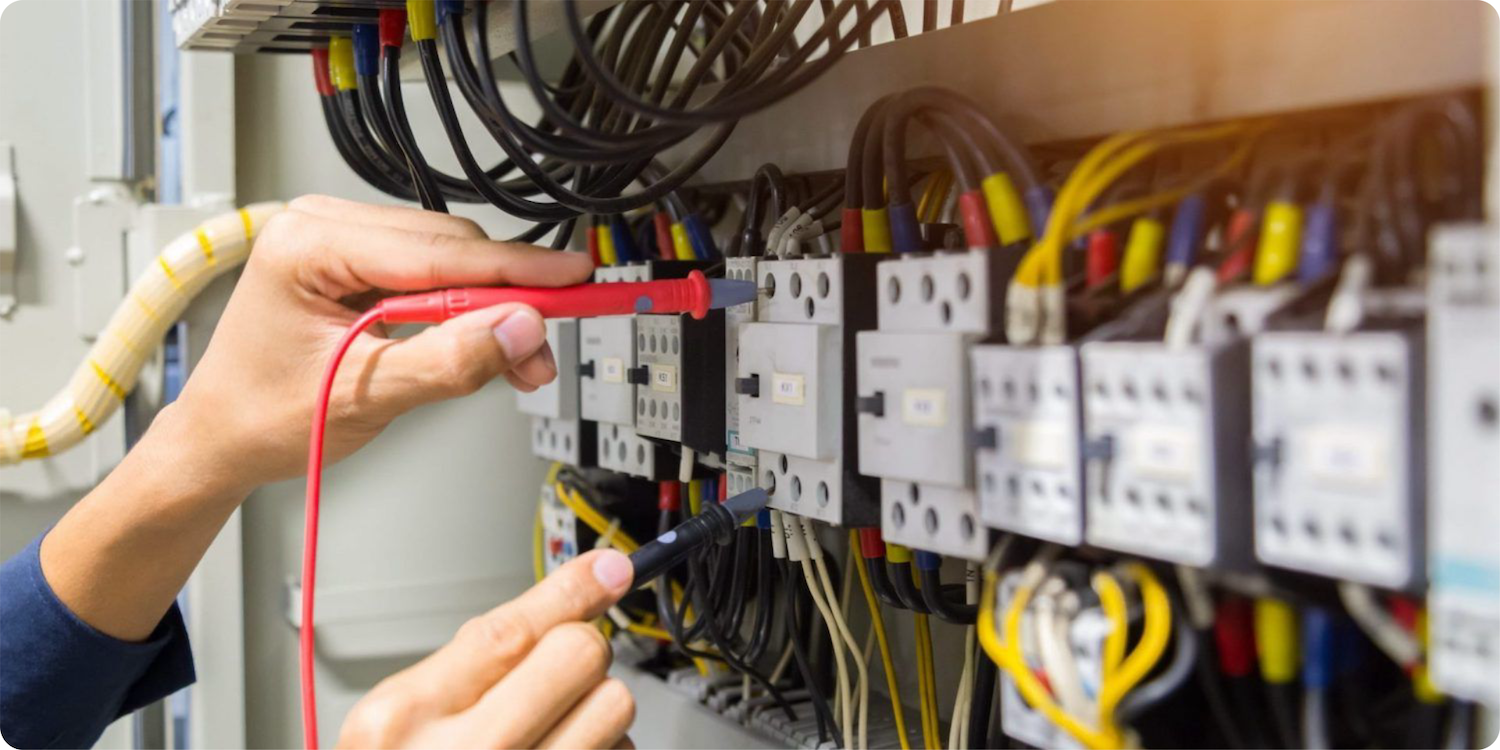Variable speed drives (VSDs) are a type of electrical motor controller. A variable speed drive allows you to change the speed of your motor without changing the frequency of the power supply.
The most common application is driving pumps and fans. In this article, we’ll look at how variable frequency drives work, how they’re used in industrial settings, how to choose Vsd Electrical for your application, and more!
Electrical variable speed drive
Electrical Variable Speed Drive (EVSD) is a high-resolution, high-accuracy motor control system that delivers the precise speed required to match a load’s precise process requirements.
It is different from conventional variable speed drives in that it provides not only on/off control but also full torque and speed control with minimal electrical power consumption.
EVSD units are used in many applications where precise variable speeds are needed such as mechanical assembly machines, packaging machines and processing equipment like conveyor belts.
They can also be used for pumps or compressors where exact flow rates are required for processes such as hydraulic systems in manufacturing plants and oil refineries. If you’re looking for an EVSD unit yourself or want more information about how they work then continue reading!
Variable frequency drives applications
Variable frequency drives are used in many different applications, but they’re particularly beneficial to the food and beverage industry.
The chemical industry also benefits from these devices because they allow chemicals to be introduced at a specific rate. Variable speed drives are also used in pharmaceutical plants, where precision is key for drug manufacturing processes.
Variable speed drives are also used in the textile industry. The technology allows for better control over the tension and speed of spinning machines, which is especially useful when producing high-quality fabrics.

Variable speed drives basics
A variable speed drive is a device that controls the speed of a motor. It can be used in a wide range of applications, from heating and air conditioning systems to conveyor belts and packaging machines, with many variations depending on the type of product being manufactured or transported.
A variable speed drive allows you to control the amount of power going into your motors, which means that you can limit or increase the amount of torque being produced by them at any given time. This makes them ideal for both large-scale industrial applications as well as smaller setups like home workshops and garages.
Variable frequency drive diagram
Variable frequency drives (VFDs) are used in industrial applications to control motors. They can be used to control the speed of a motor, and/or its torque and power as well.
The only difference is that one or more motors are combined together with other electrical equipment such as sensors, feedback technology and circuit breakers. This gives you the ability to control multiple motors at the same time using just one variable frequency drive unit.
The main benefit of using Vsds Electrical is that it can control the speed, torque and power of an electric motor. It does this by using an AC electric motor as its source of power. The frequency of the AC current supplied to the motor will vary depending on what settings are chosen on the variable frequency drive unit.
Conclusion
So, now you know what is a Vsd Electrical, how it works and its applications. You can also use this information to help you in choosing the right drive for your application. If you are looking for more information on variable speed drives or want to ask questions about them please contact an expert now.



